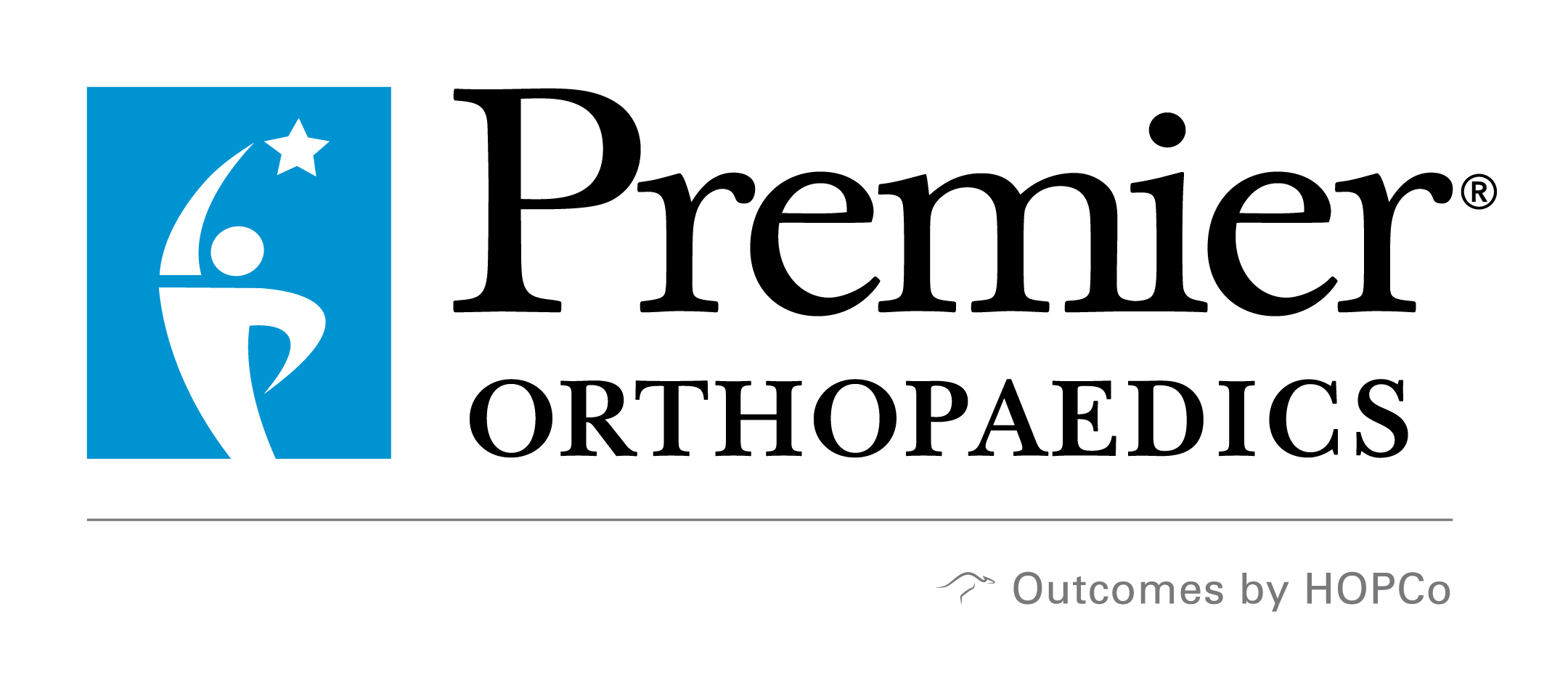If you are struggling with lower back pain that radiates down your leg, you might have hit the internet searching for answers, only to find the terms “sciatica” and “herniated disc” discussed frequently. This is because both conditions can cause debilitating back...
You open your eyes, stretch, and sit up, ready to start the day. But the moment your feet hit the floor, a sharp or aching pain shoots through your heels, arches, or the balls of your feet. Morning should feel refreshing, yet instead, you find yourself hobbling to the...
Are you a fitness enthusiast or a dedicated athlete who has suddenly been sidelined by a nagging, persistent pain in your calf and ankle? That sharp or aching sensation that flares up during or after activity could be the result of Achilles tendonitis. The Achilles...
Recent Technology in Concussion Management

Technology allows physicians and surgeons the ability to provide their patients the best health care possible. As new technologies continue to emerge in the industry, diagnoses and treatments are becoming more reliable and allow patients to recover more effectively.
A concussion is a brain injury that alters the way the brain functions. It can occur after a blow to the head or body from contact with the ground, a ball, another player, or another object. The severity of the injury depends on many factors, and is sometimes not fully realized until symptoms resolve and brain function is back to normal. A concussion, and its symptoms, can vary significantly from one athlete to another.
Symptoms include:
- Headache
- Loss of consciousness
- Confusion
- Double or fuzzy vision
- Dizziness
- Balance problems
- Nausea
- Slow reaction time
- Amnesia
- Difficulty concentrating
- Sensitivity to light and sound
- Feeling sluggish, foggy, or groggy
- Feeling emotional
- Irritability
- Sleep disturbances
New Tools
Concussions are difficult injuries for physicians to diagnose because symptoms vary and can take up to a week to manifest. Because concussions can affect different areas of the brain, physicians are always looking for the next technological breakthrough to help with concussion detection and treatment. The most recent advancements in tools for early brain injury detection fall into three categories: impact sensors, sideline assessments, and biomarkers.
Impact Sensors
Impact sensors are accelerometer devices that attach to helmets, mouth guards, or the skin, and record the strength of varying forces caused when a collision occurs.
Sideline Assessments
Sideline assessments are being developed to help with detection during practice or a game. This will help determine whether the affected player can return to play or not.
Biomarkers
While biomarkers are not currently being used in the field, this capability is being utilized during recovery by screening blood and saliva. This test is still a work in progress and the question of how to obtain and analyze samples in a reasonable amount of time needs to be addressed.
Premier’s Concussion Care Solution
Premier Orthopaedics utilizes state-of-the-art computerized neurocognitive assessment tools to ensure every patient is evaluated using the best technology available today. In addition to the advanced technology, experienced and knowledgeable staff members always provide comprehensive concussion assessments and physical examinations.
Premier uses this advanced technology in combination with several other components to provide the best care solution to all patients. By focusing on educating athletes, parents, and coaches, we strive to help you identify and manage concussions effectively.
If you’re dealing with a serious injury and are in need of surgery, download our e-book, Your How-To Guide to Choosing an Orthopaedic Surgeon.

